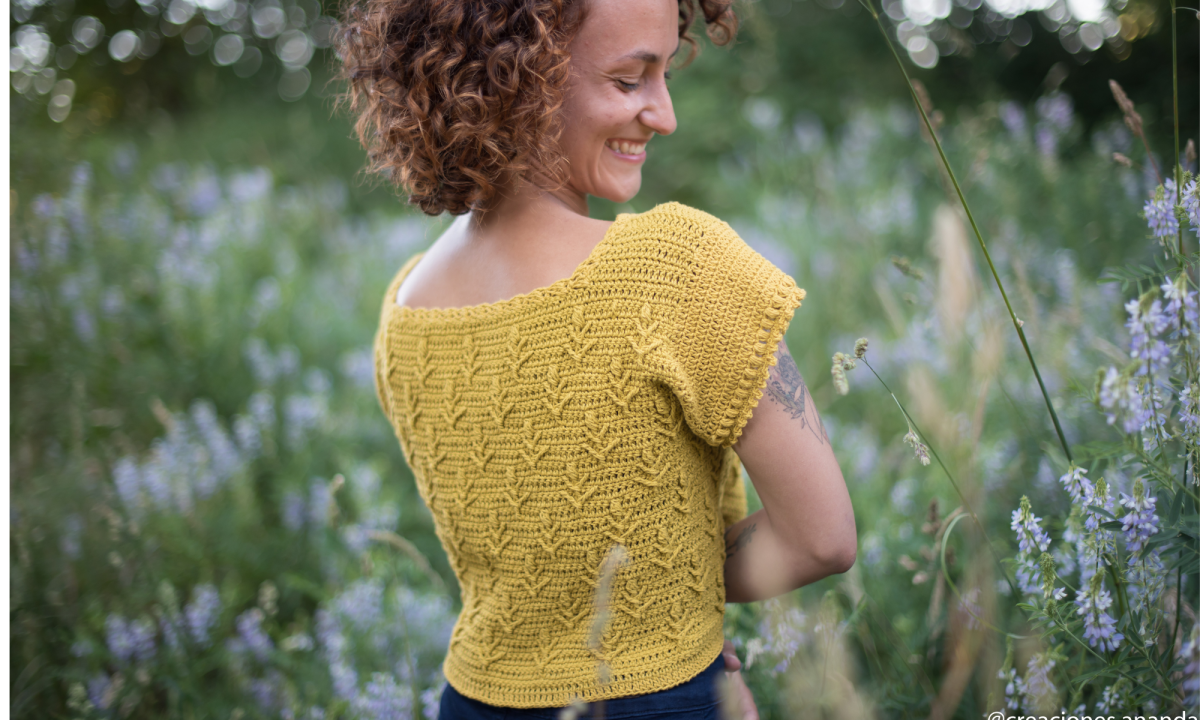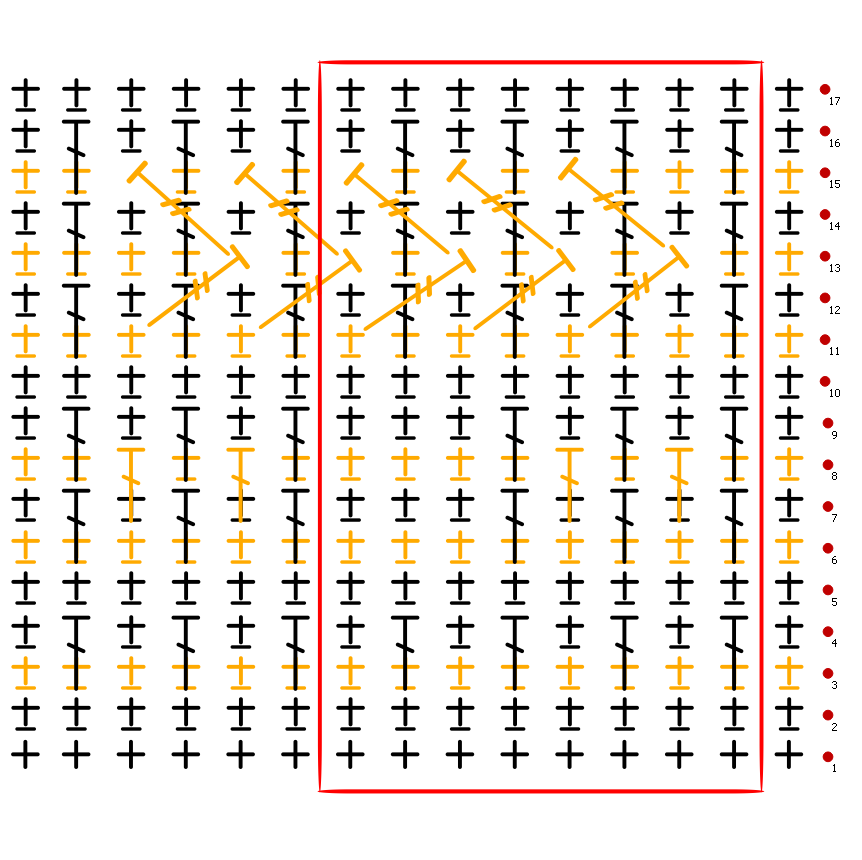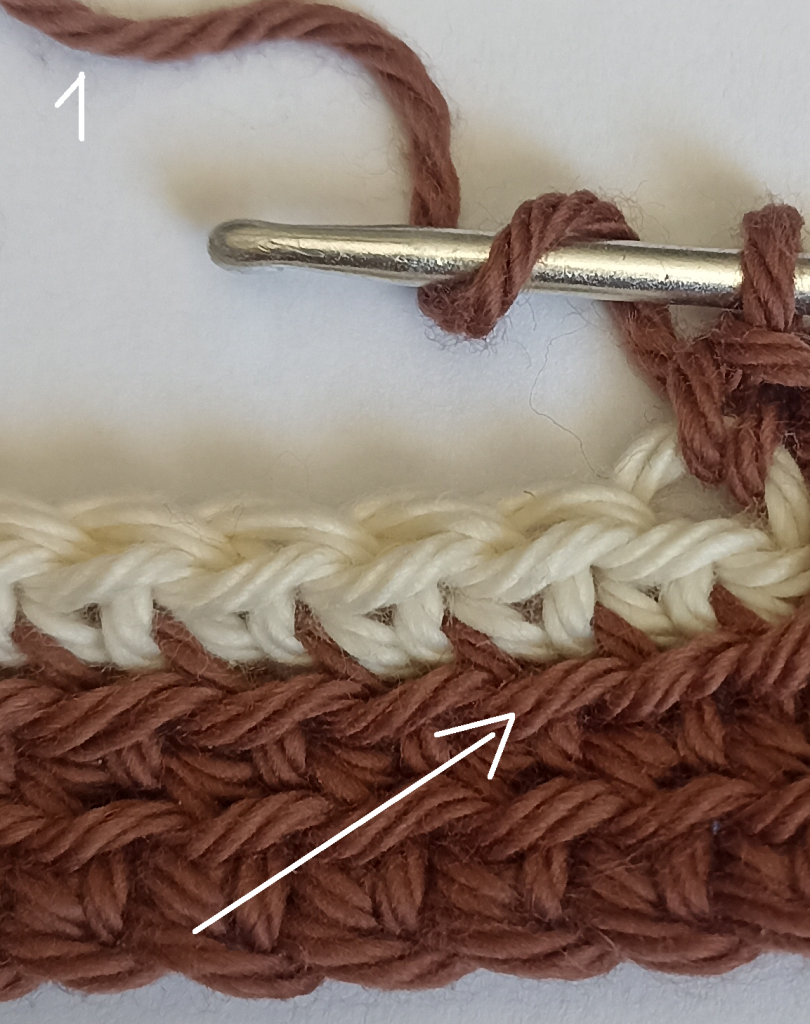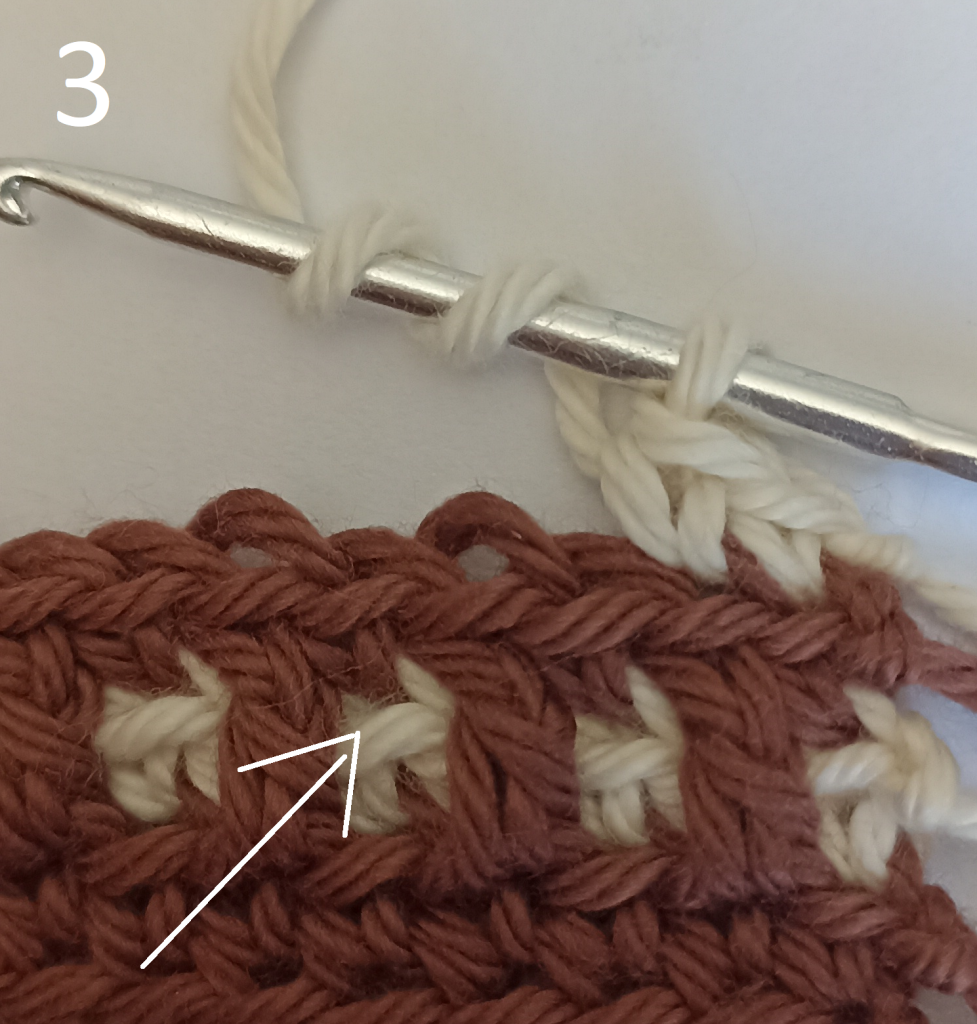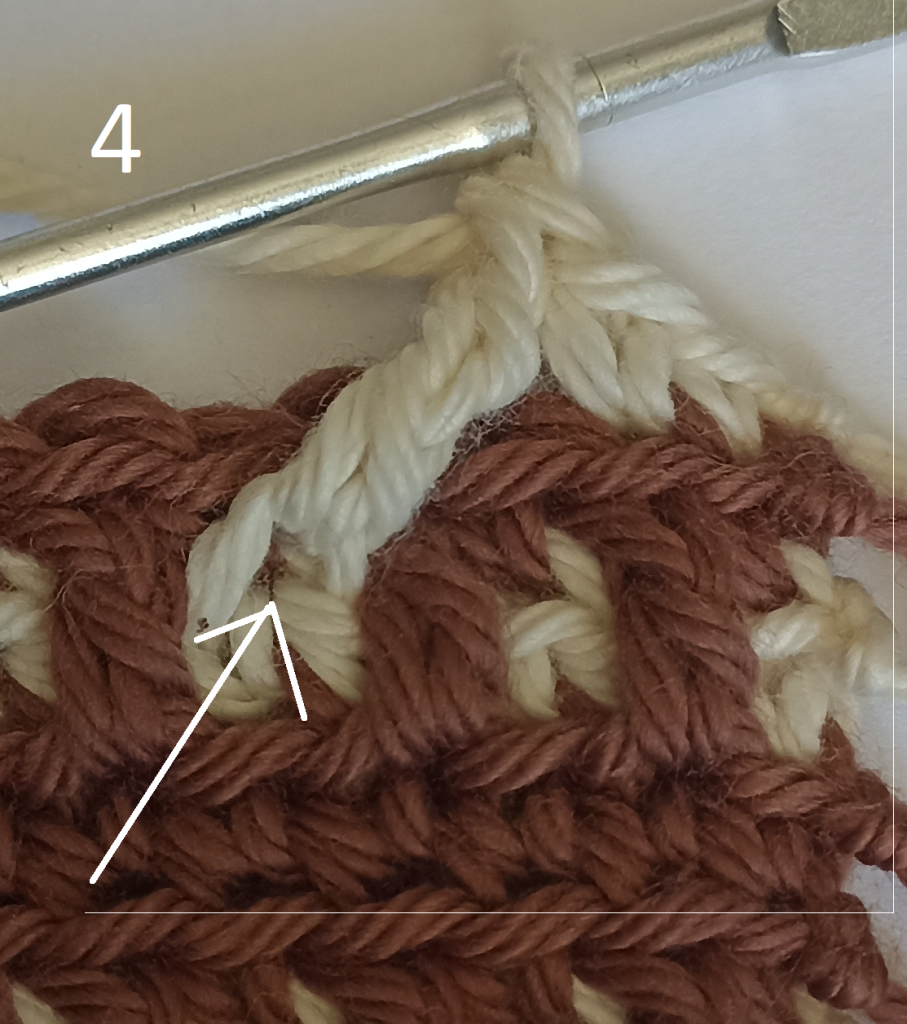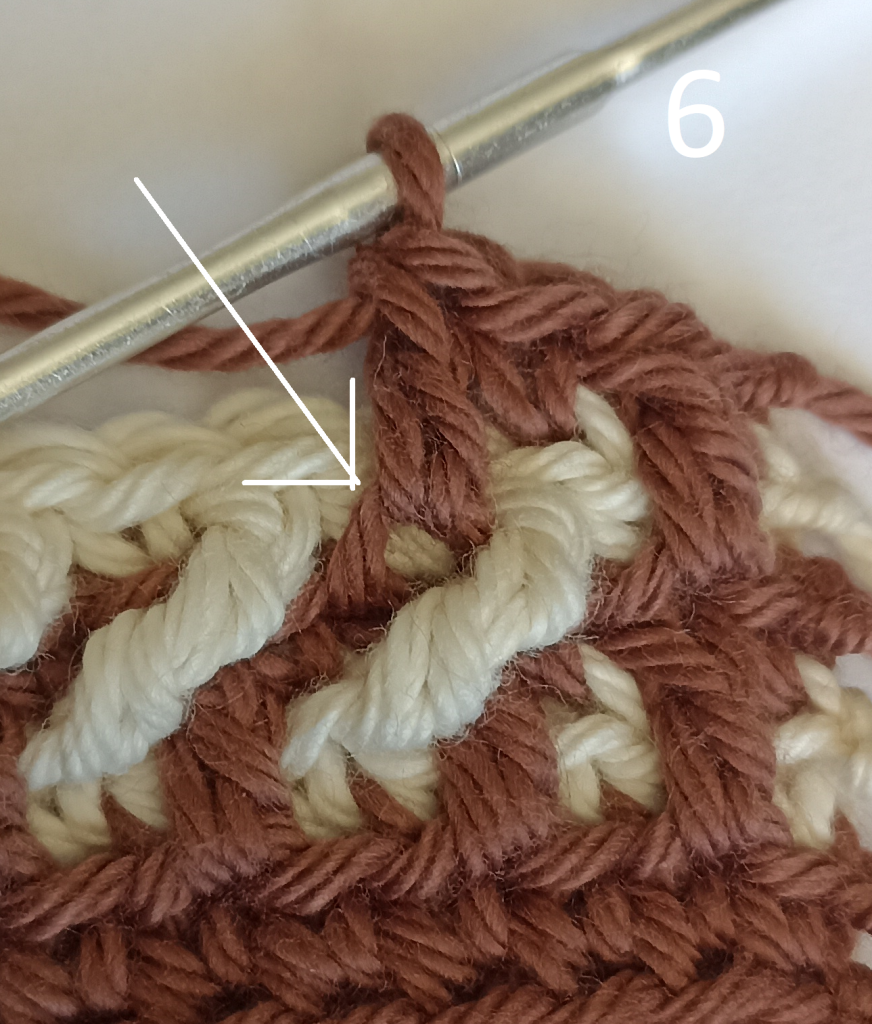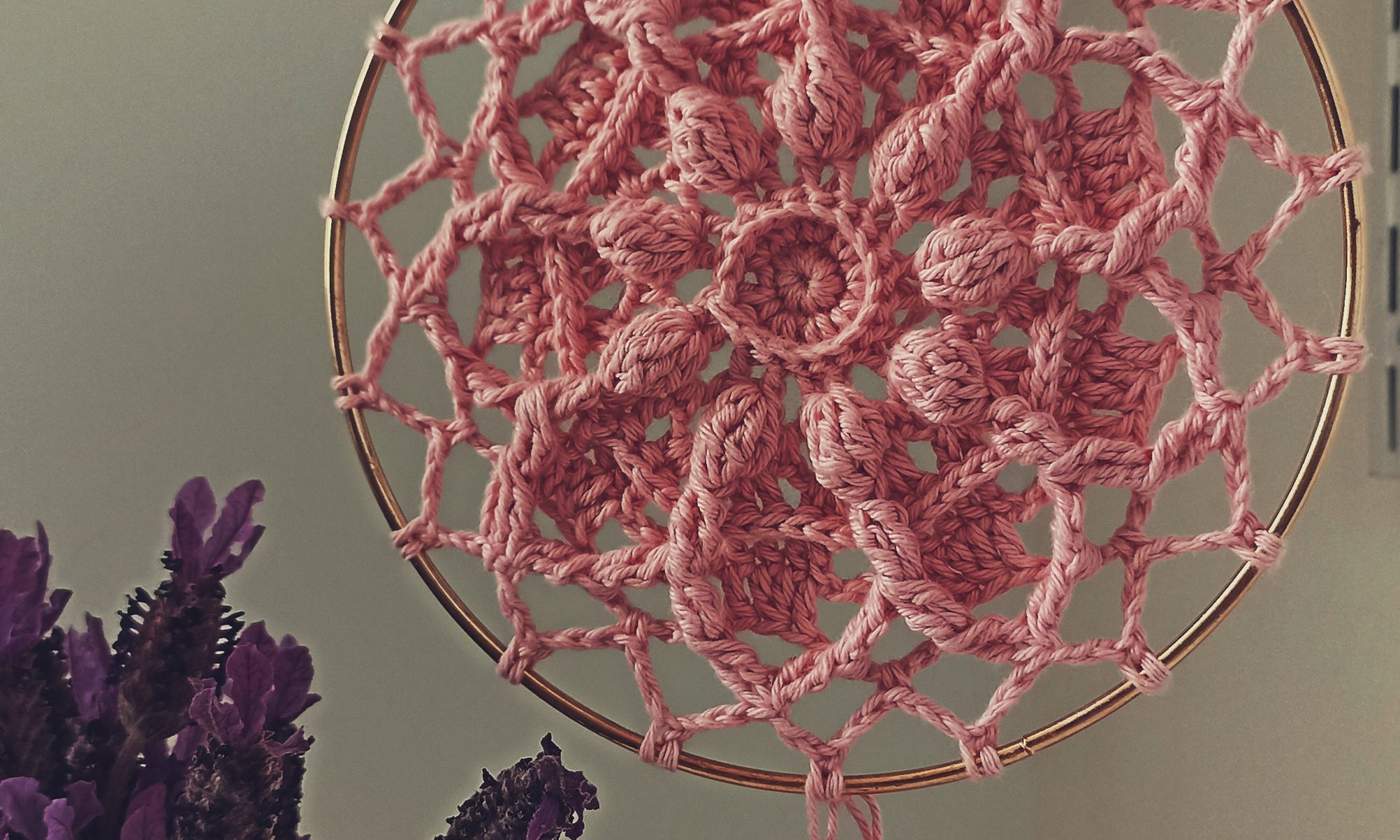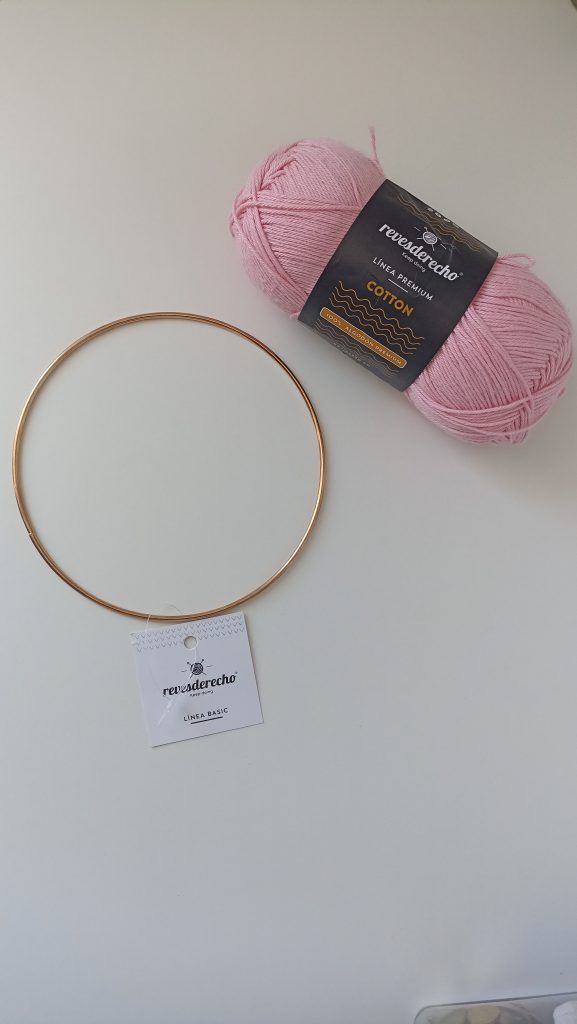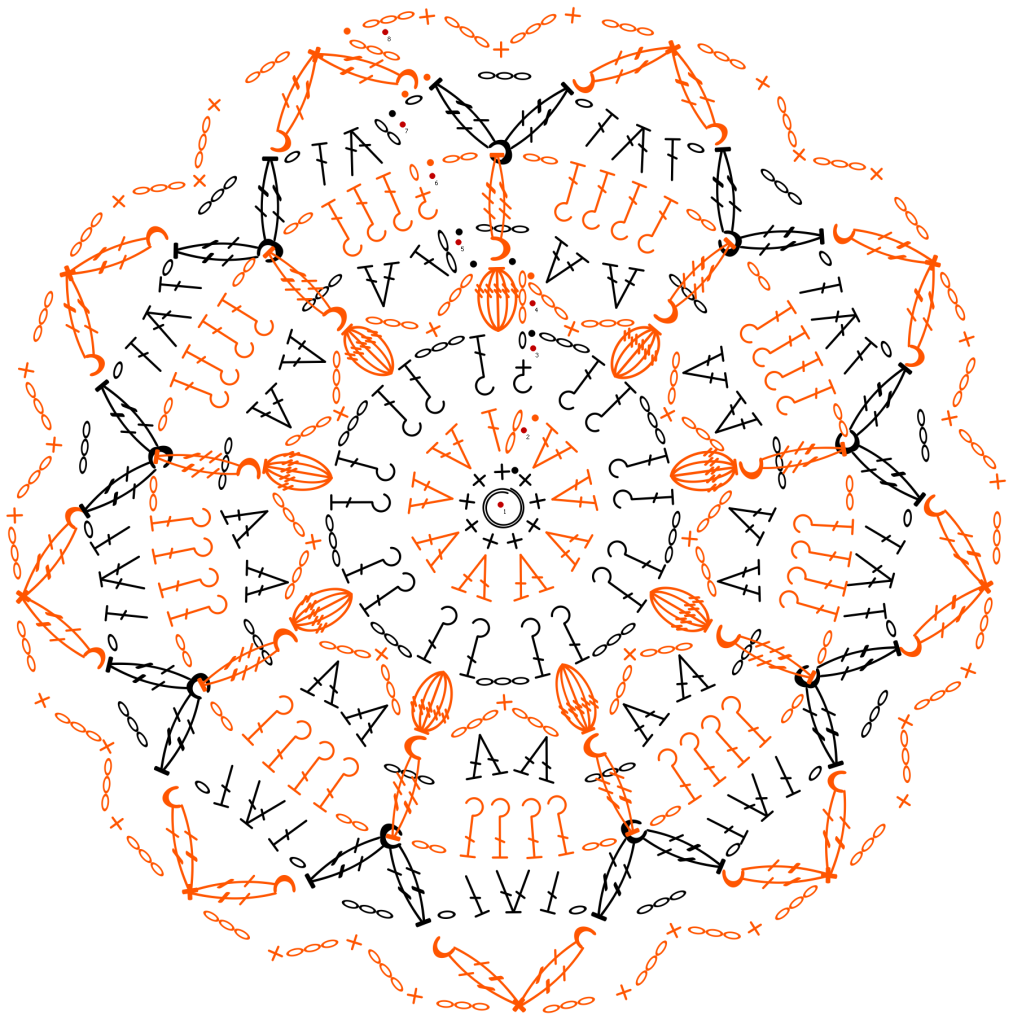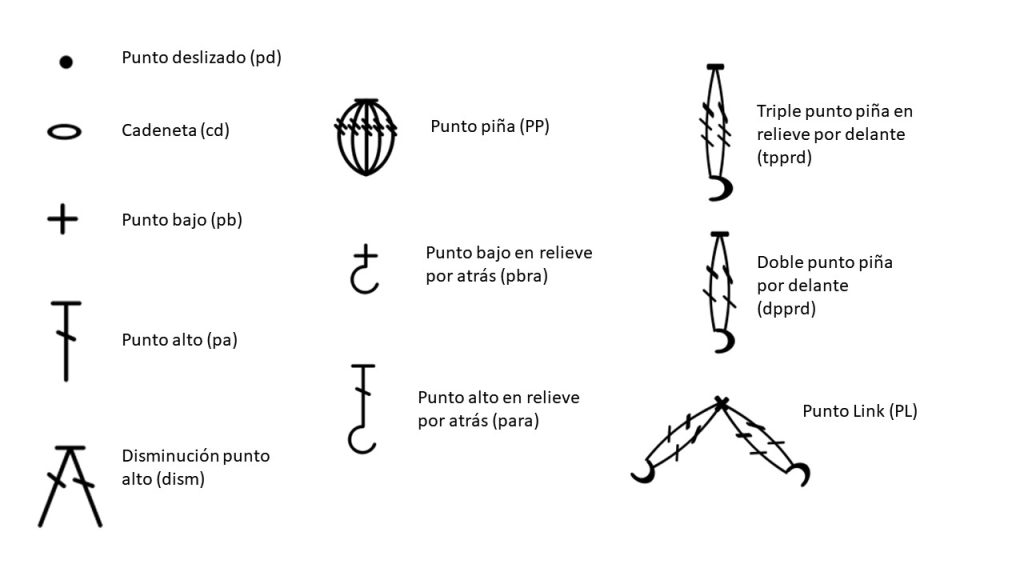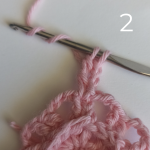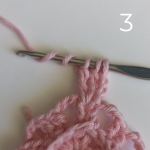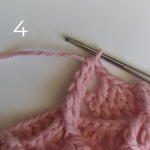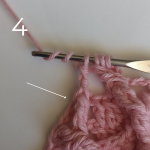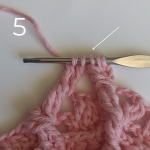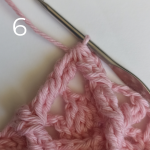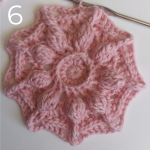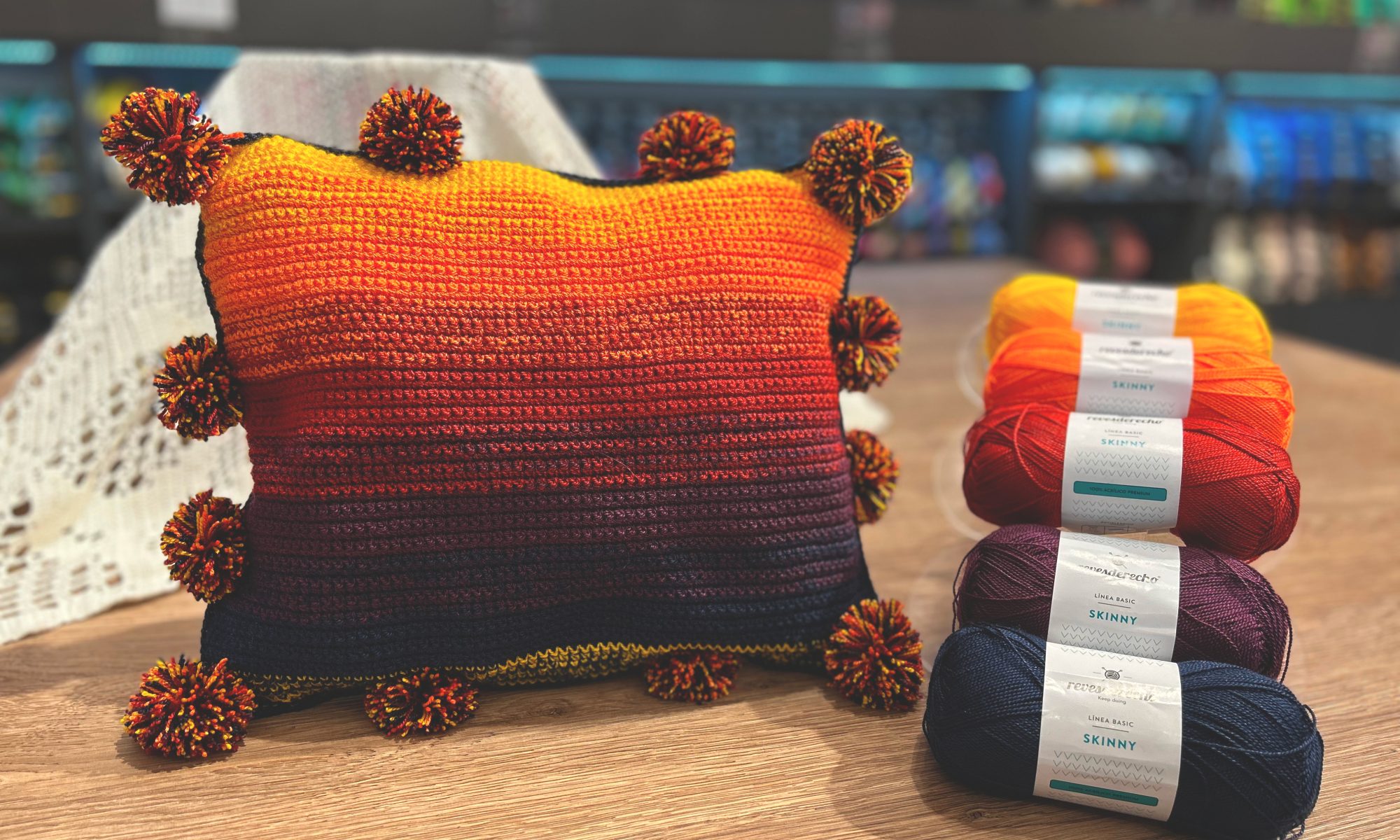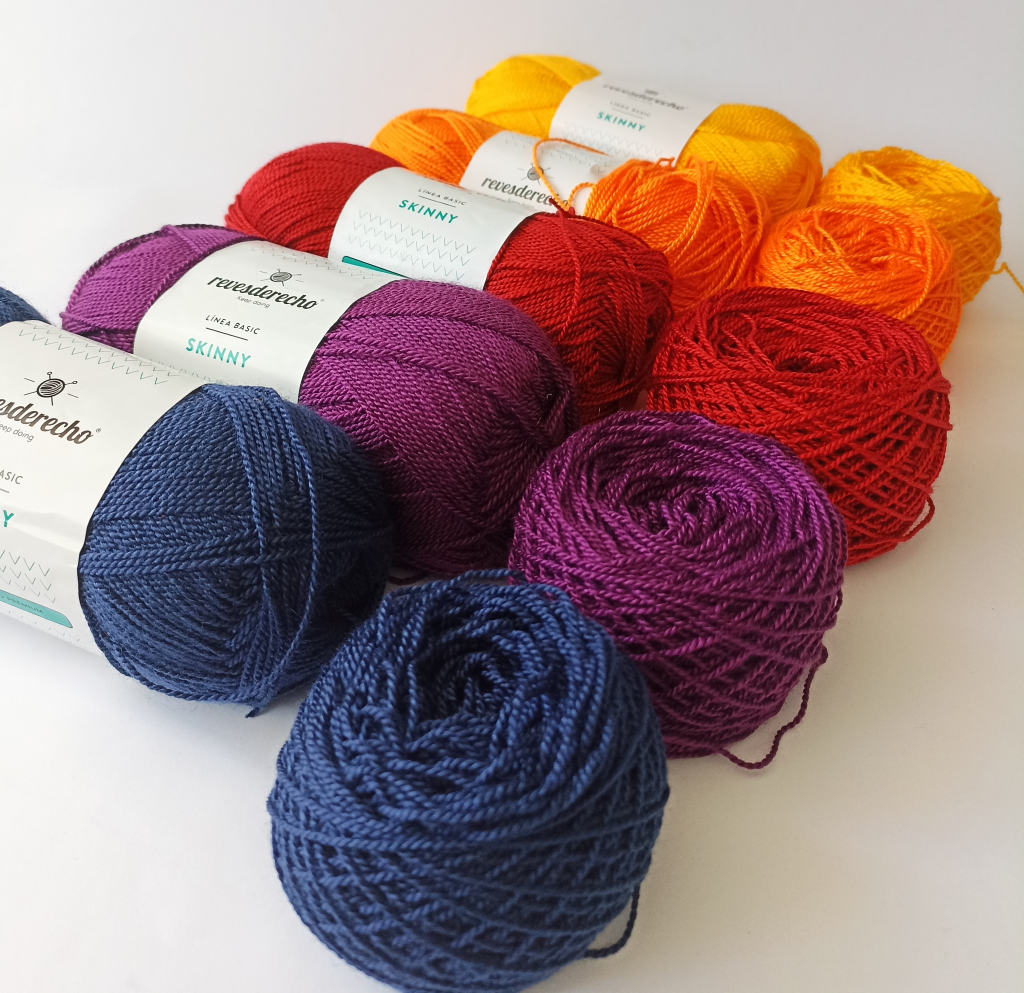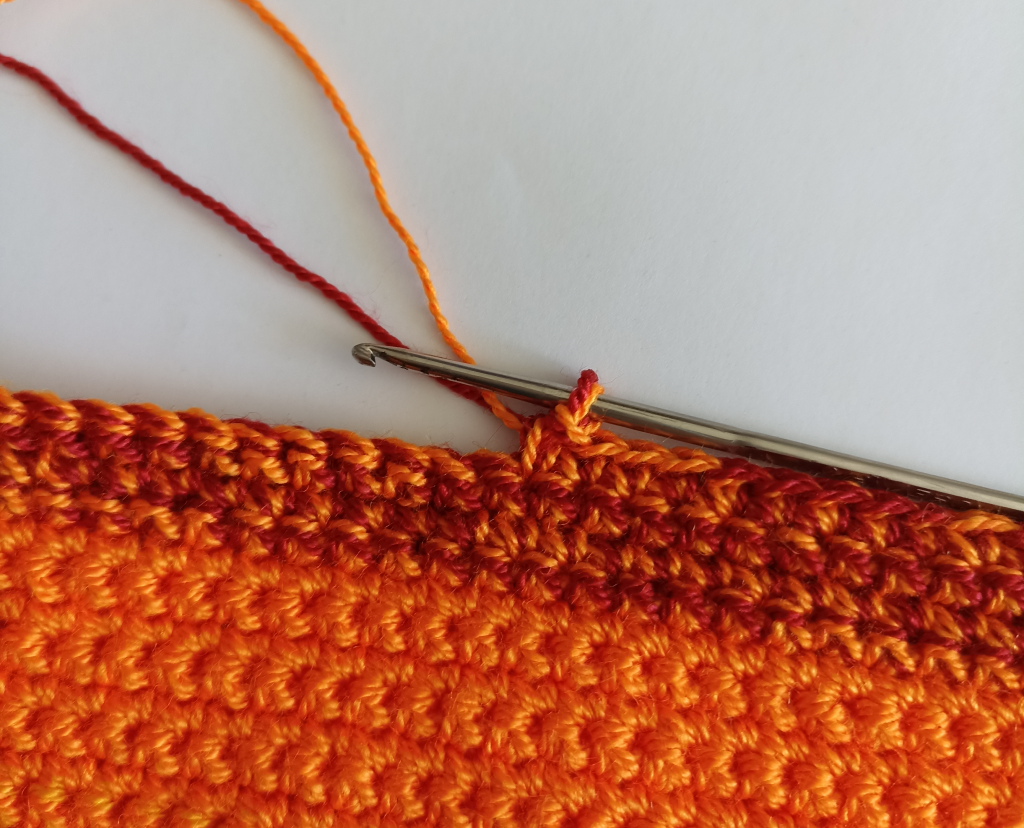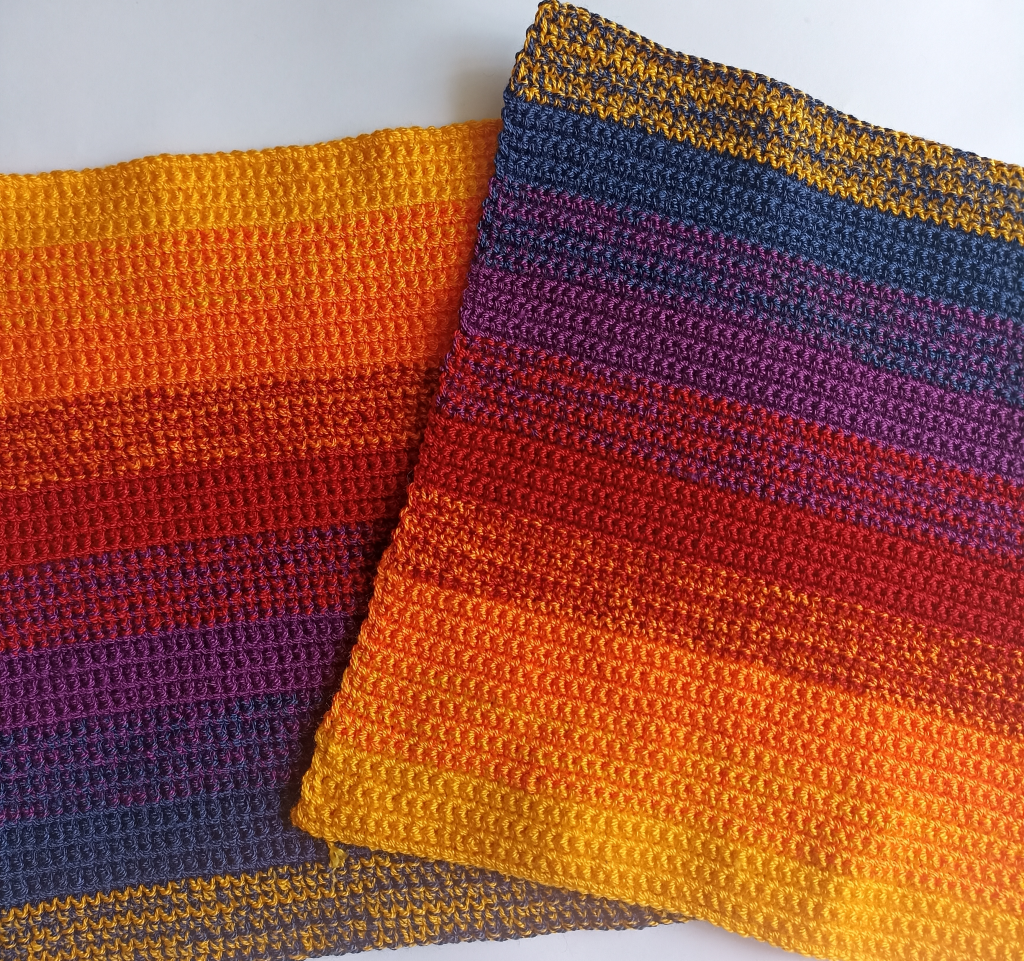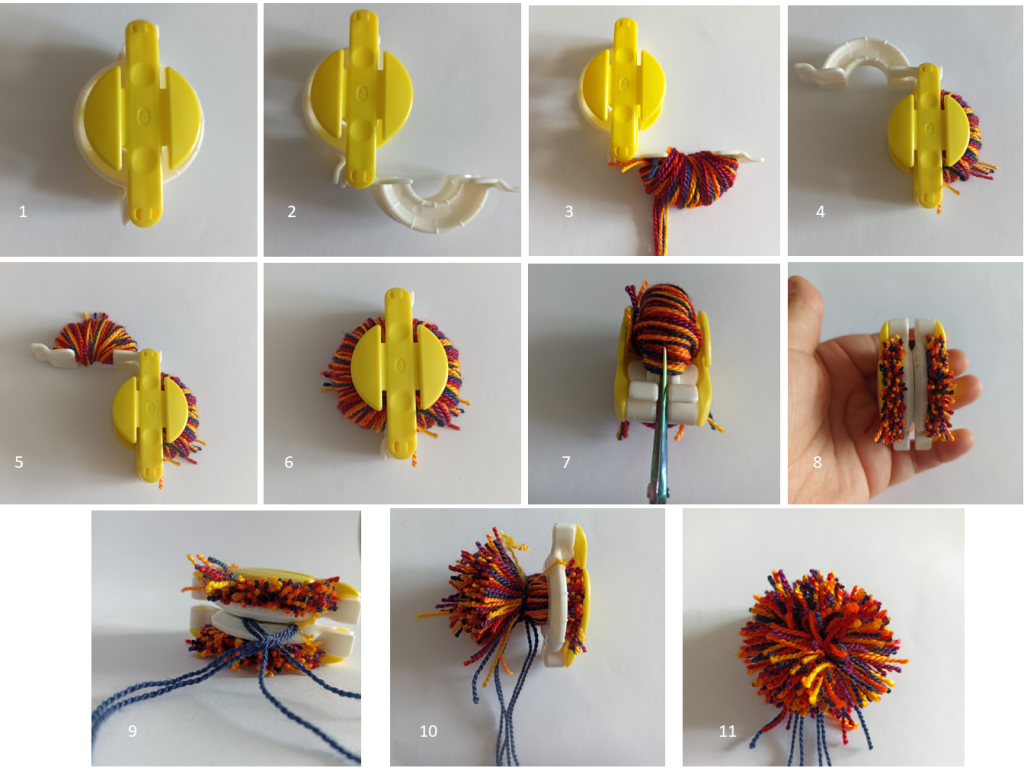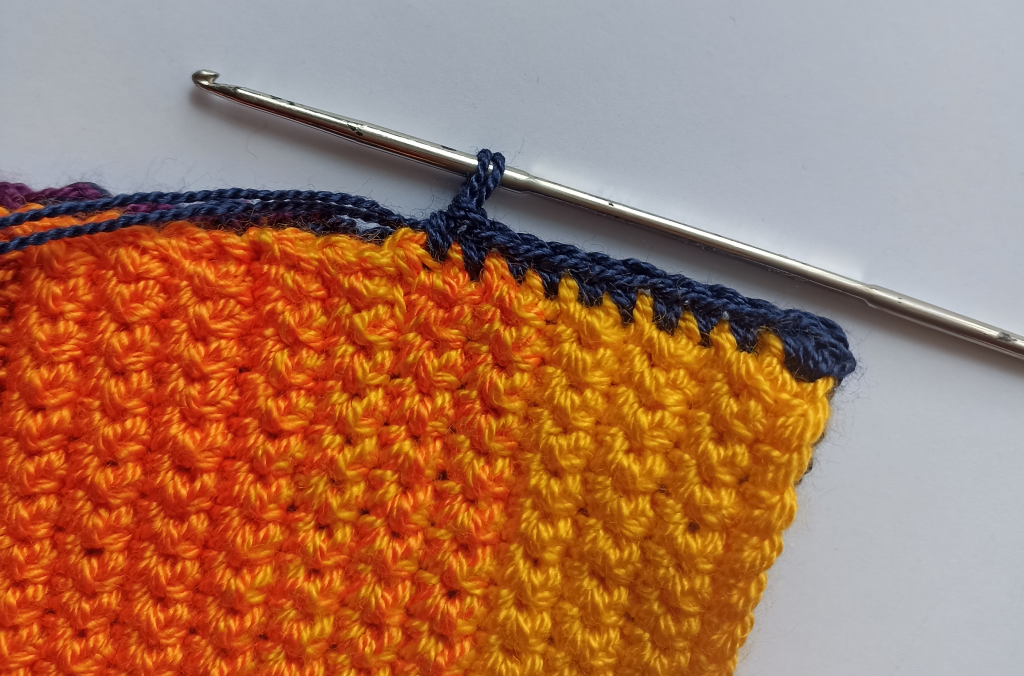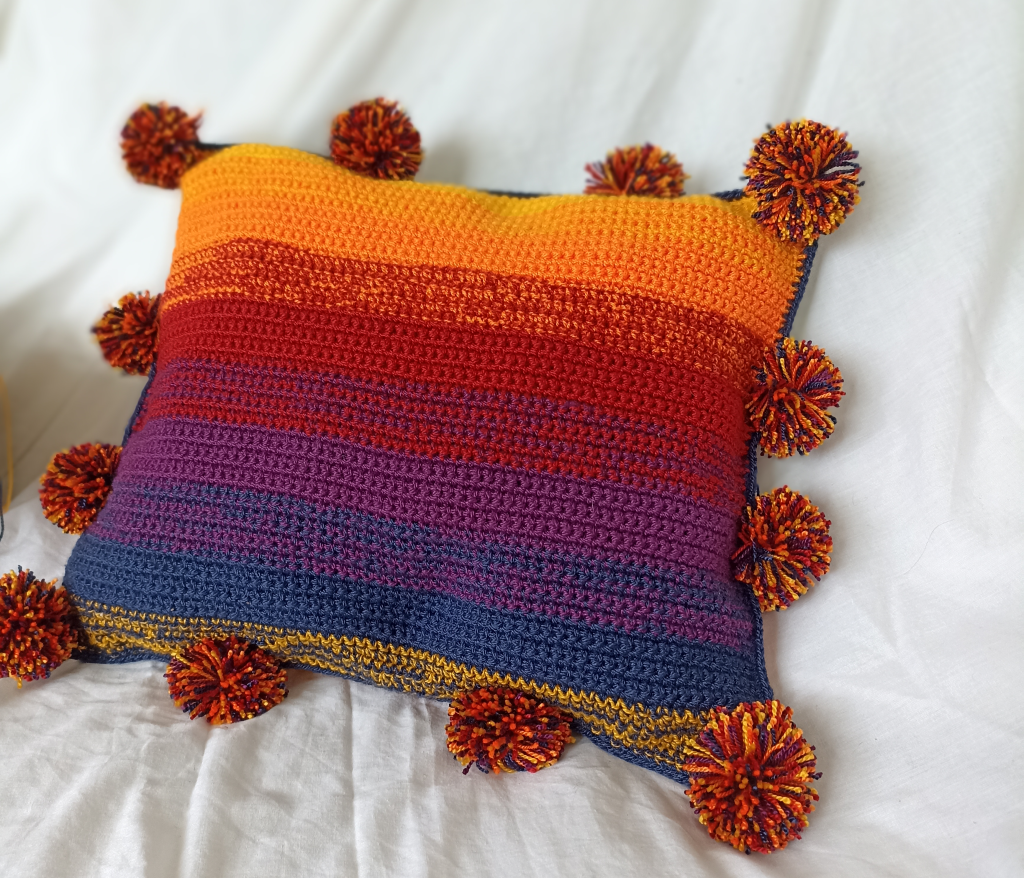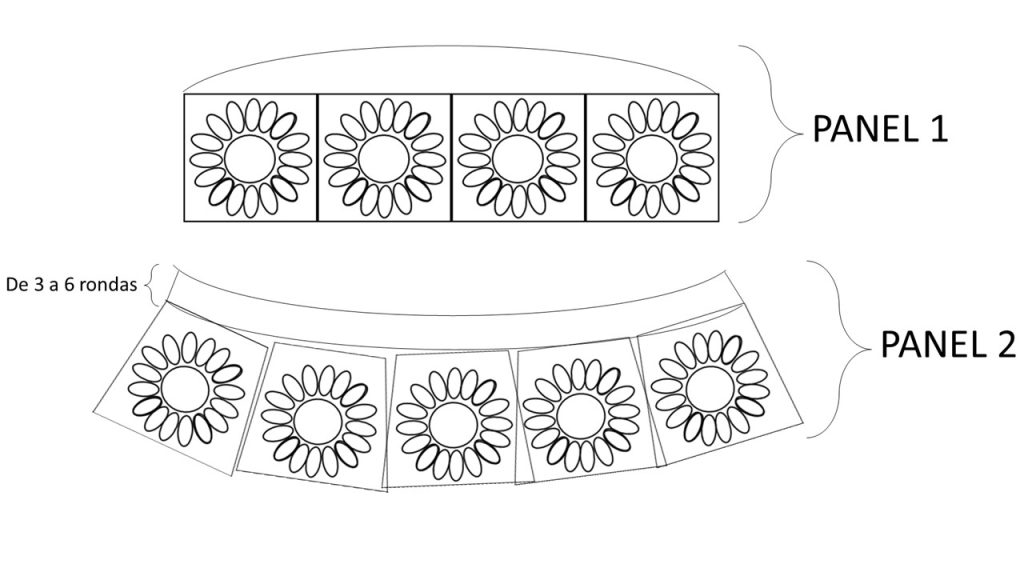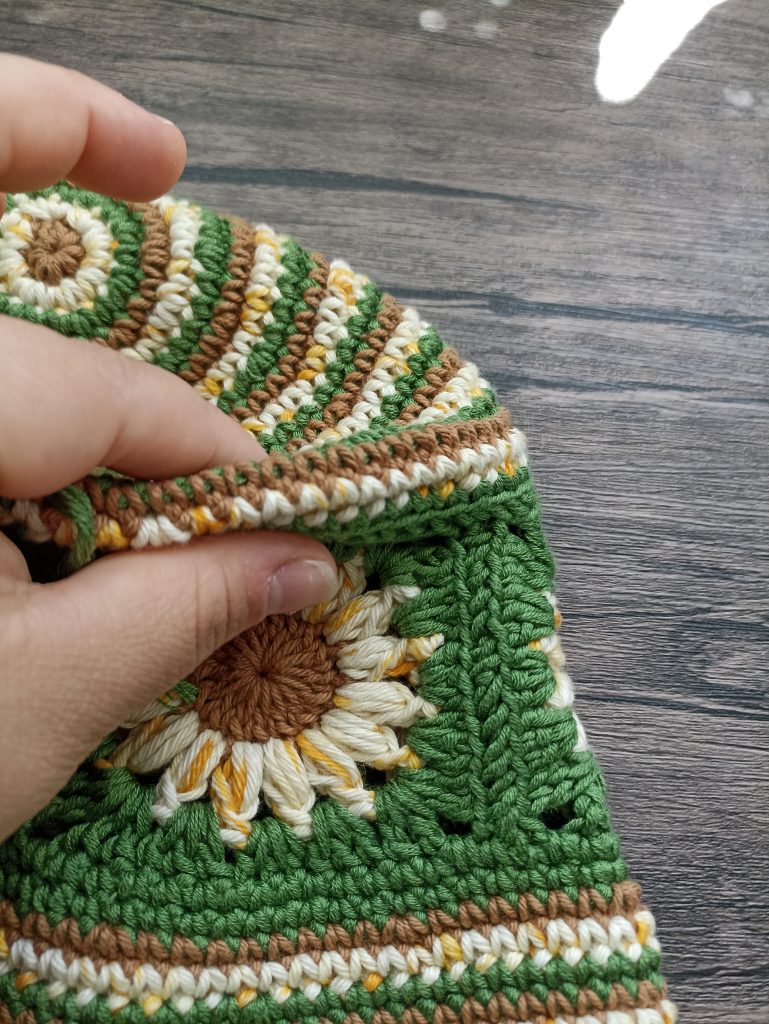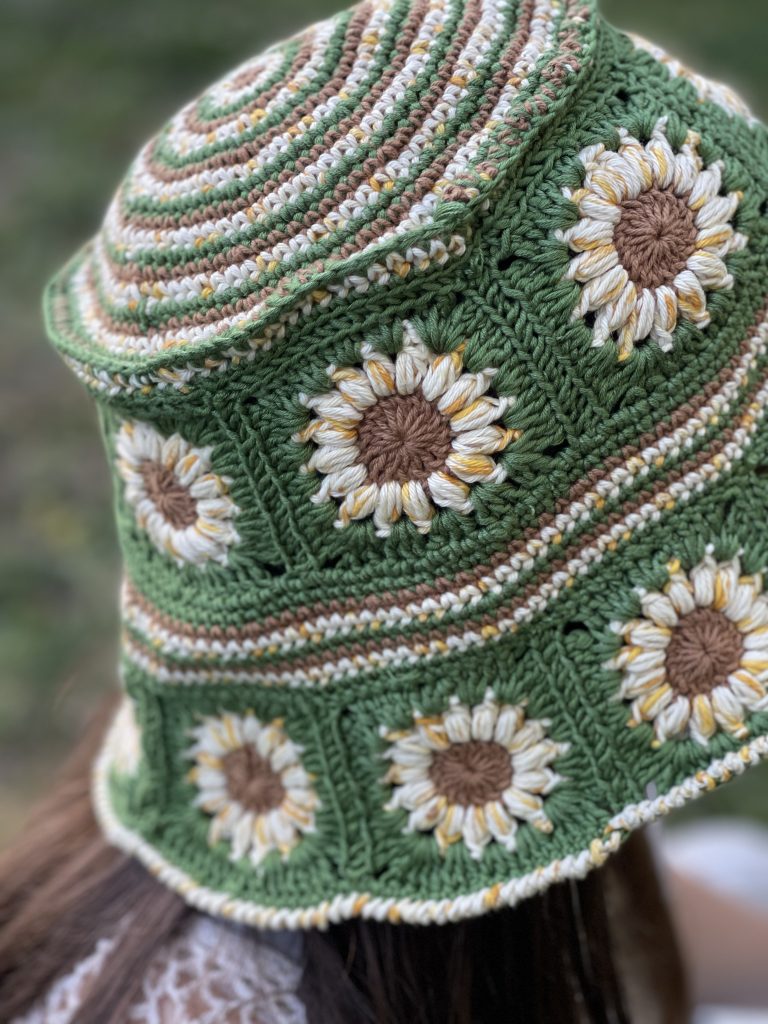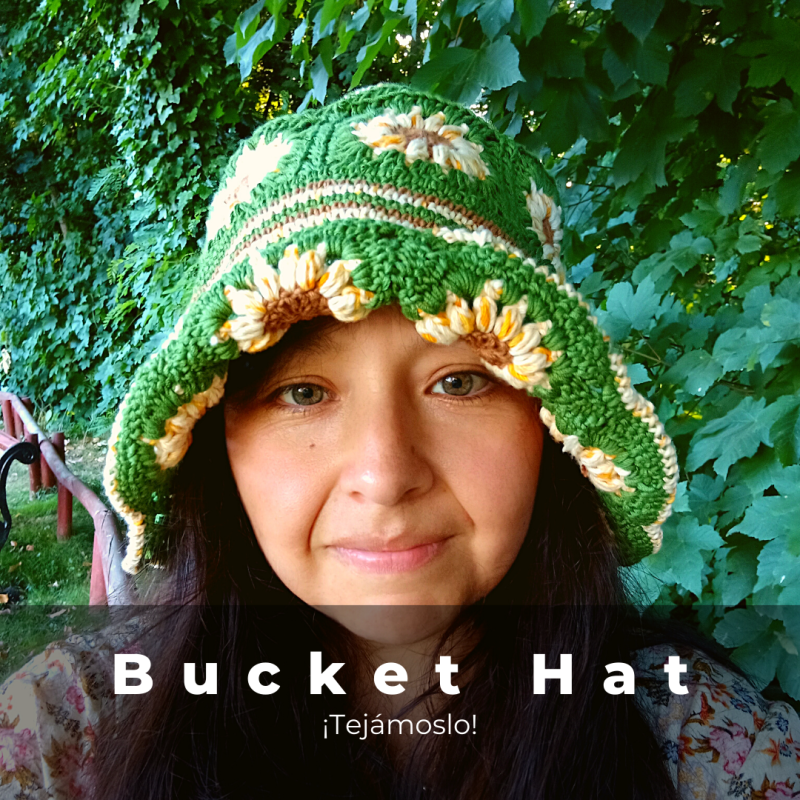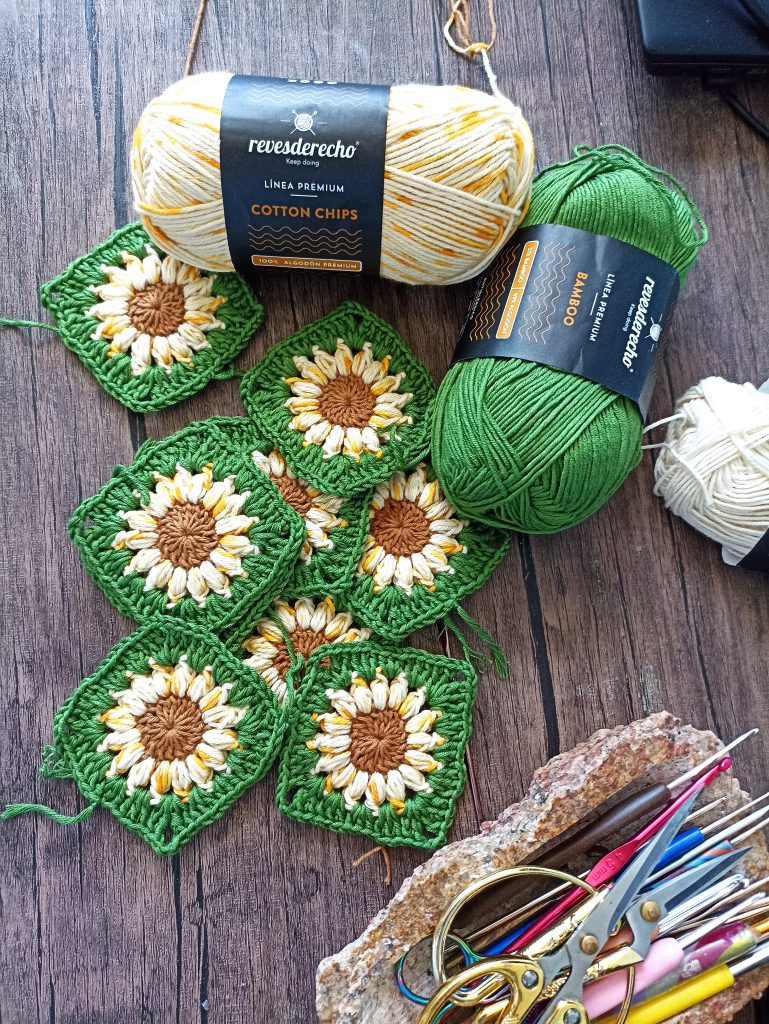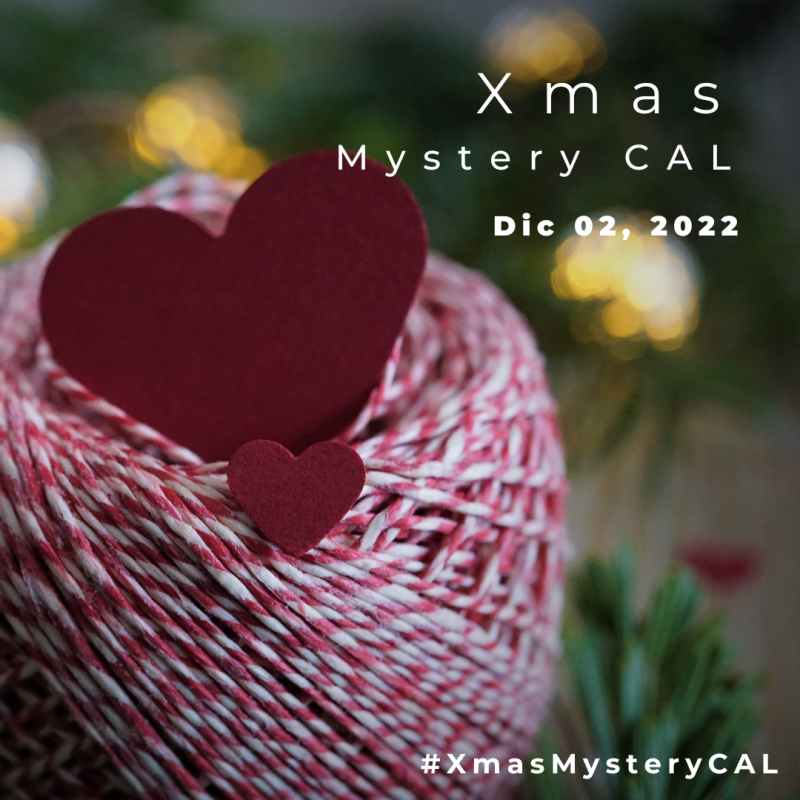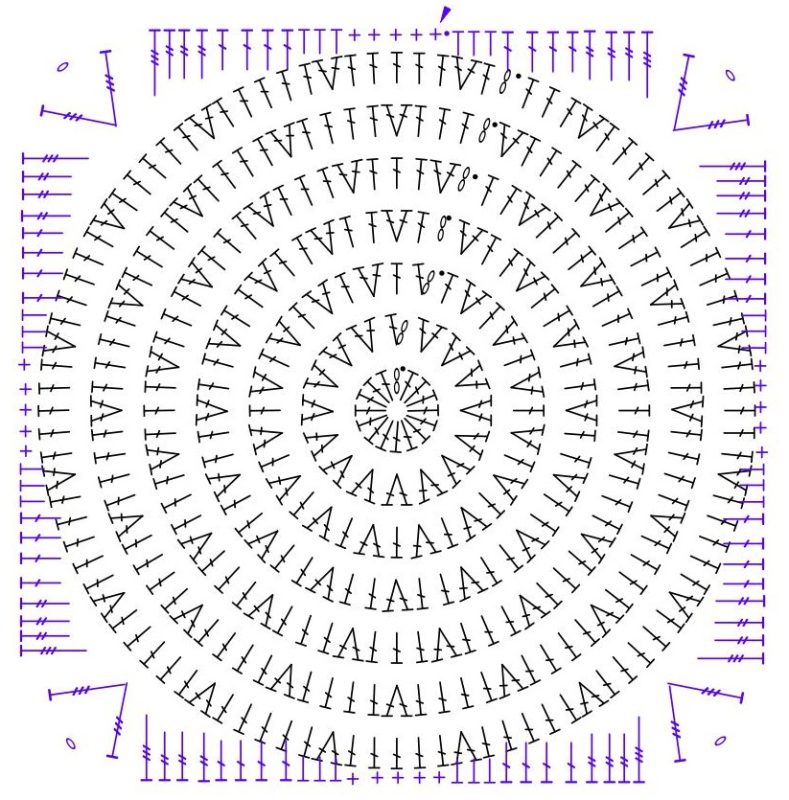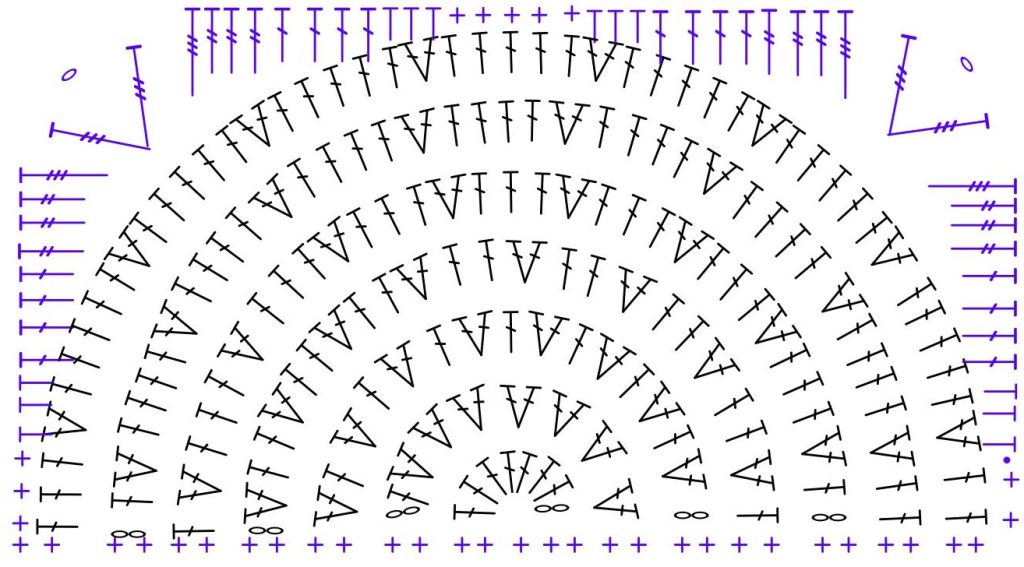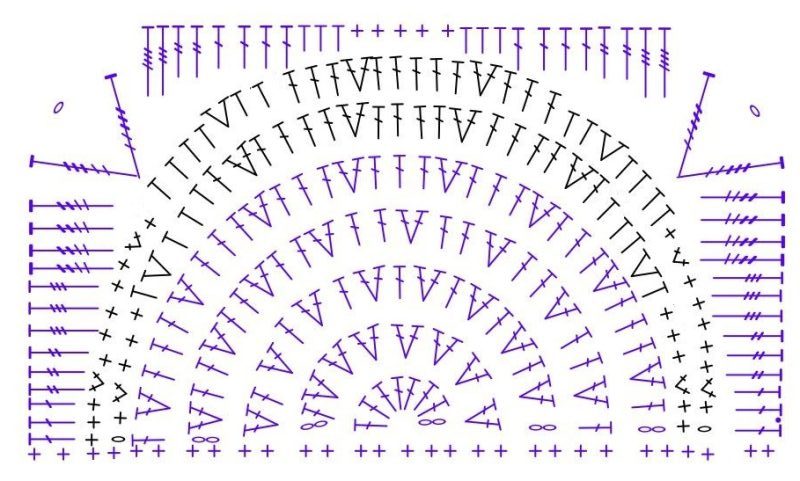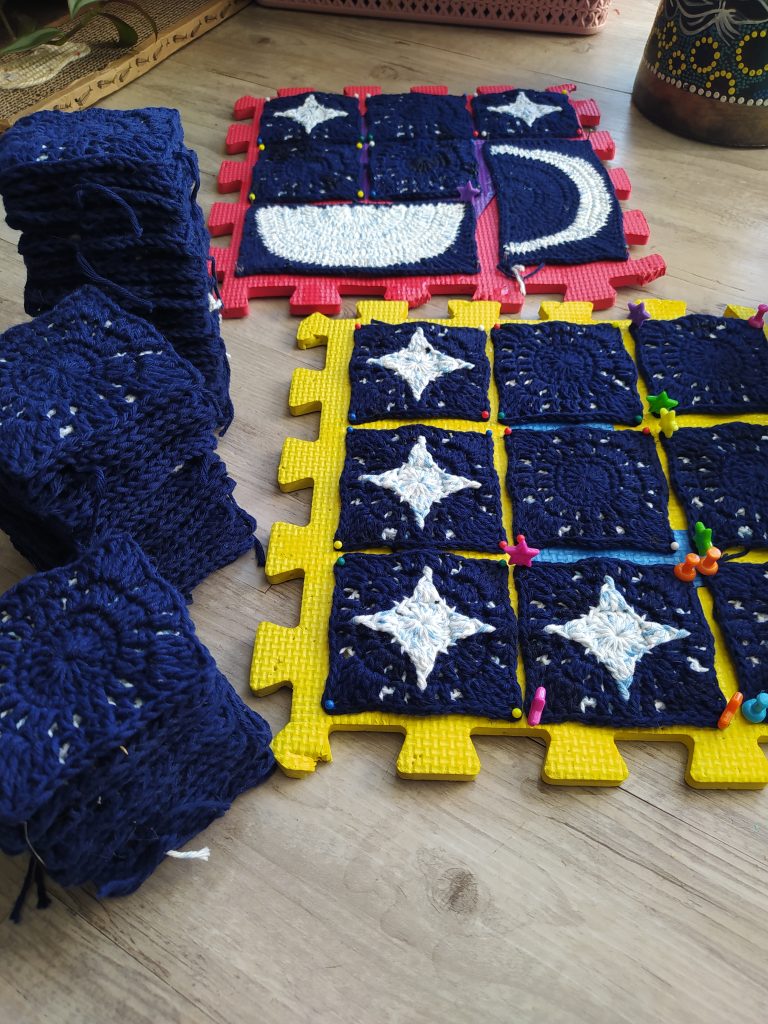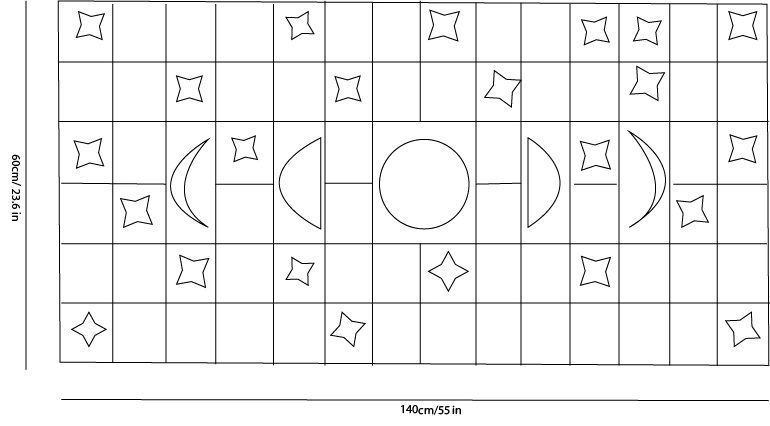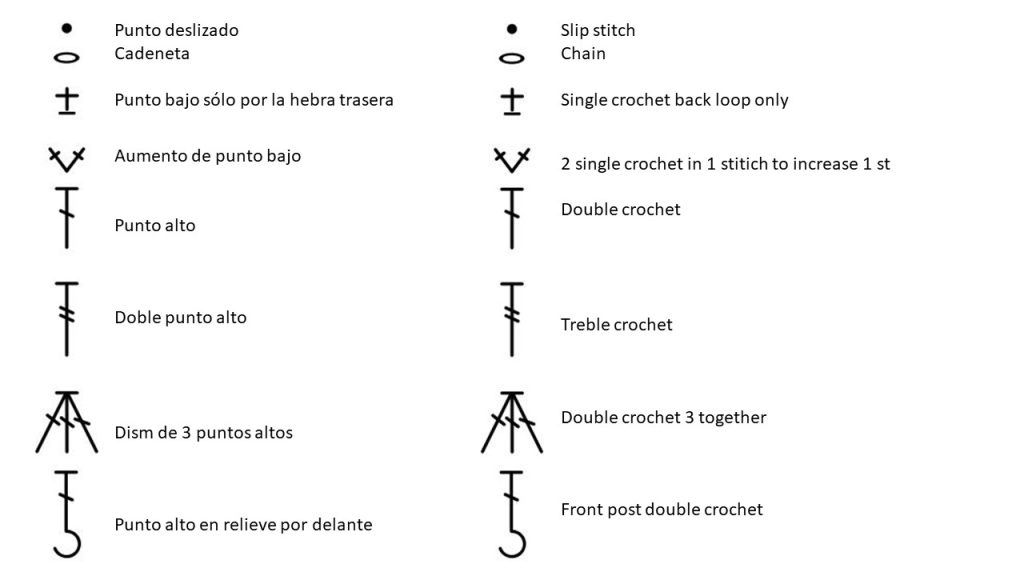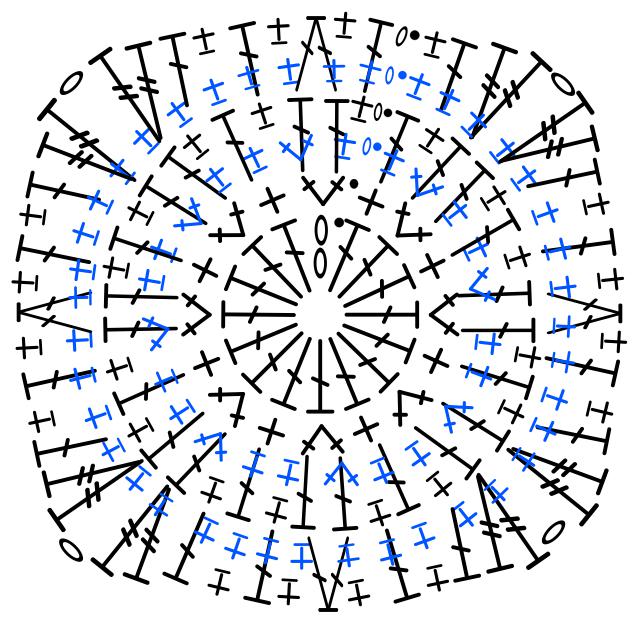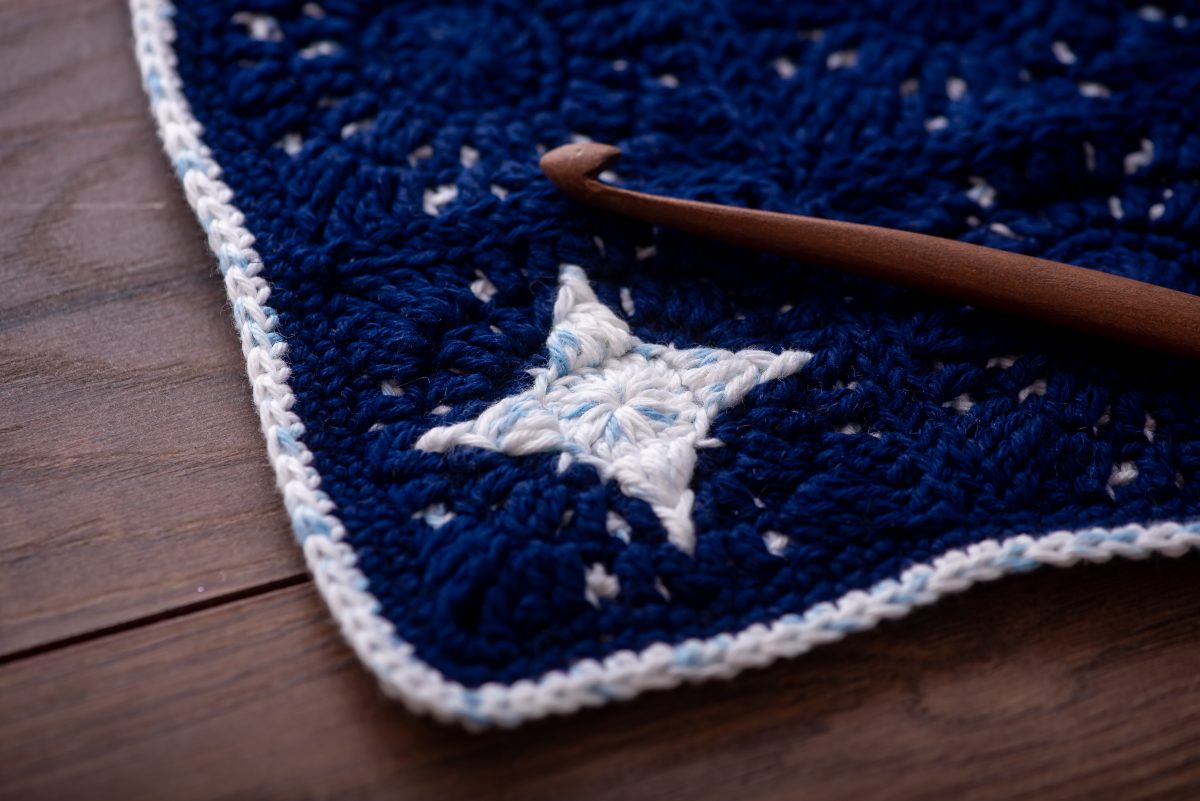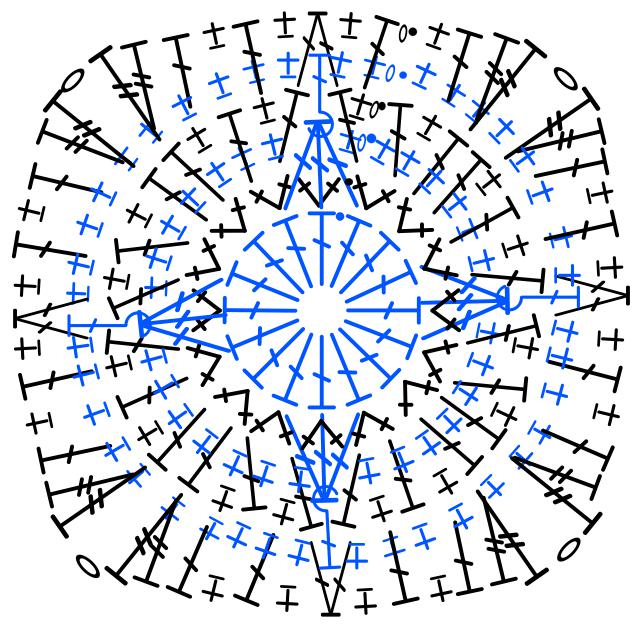Bienvenidx a este nuevo formato de tejido, ¡directamente desde la fuente!
Tertulias crocheteras nace desde la necesidad de varias de ustedes que me han mencionado muchas veces que les encantan mis diseños pero no se atreven porque no saben leer un patrón, o no conocen la técnica o simplemente porque necesitan ayuda extra. Es una instancia nueva, en la que seguramente yo también terminaré aprendiendo más de alguna cosa nueva acerca de tejido en grupo.
¿De qué se tratan estas tertulias crocheteras?
Principalmente de juntarnos ENVIVO-ONLINE dos veces por mes para enseñarte cómo se teje un diseño en particular.
TERTULIA CROCHETERA: DREAMCATCHER SWEATER
Duración: 1 mes, en este caso desde inicios hasta fines de Julio del 2024 para tejer específicamente el Dreamcatcher sweater (Sweater Atrapasueños).
Fechas
1era Junta: Viernes 5 de Julio de 7pm a 8pm via zoom (hora Chile)
Veremos la muestra, hilados, como se lee a grandes rasgos el patrón, tejeremos las primeras rondas del sweater; veremos cierre y cambios de color.
2da Junta: viernes 19 de Julio de 7pm a 8 pm via zoom (hora chile)
Veremos separación de mangas, y cómo seguir con las repeticiones del patrón después del canesú; veremos pretinas de manga-cuerpo y cuello como opcional al ajuste.
En caso de que no puedas unirte, la junta se grabará para su posterior revisión, así que no te preoucupes ya que tendrás acceso total a ésta.
Grupo de WhatsApp: Además tendremos grupo de wsp para hacer preguntas, sugerencias, compartir proyectos, opiniones y hacer un seguimiento de tu avance.

Sólo patrón
Para acceder a este increíble diseño, no es necesario que participes de la tertulia crochetera, puedes acceder sólo al patrón y tejerlo en solitario si así lo prefieres!
Sólo debes asegurarte de marcar bien la opción de compra una vez te decidas.
PRE-VENTA
La preventa está con descuento hasta el lunes 01 de Julio y ya desde el martes en adelante estará a precio normal.
En la preventa no compras el patrón directamente, éste te lo haré llegar el día Martes 02 de Julio (ya sea que hayas comprado sólo el patrón o con la tertulia cochetera) y así comenzar todas juntas.
¿Te unes?
